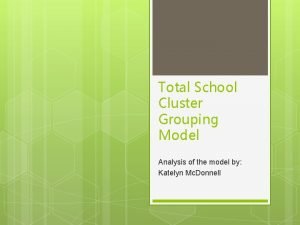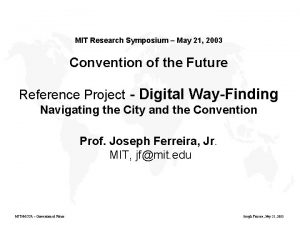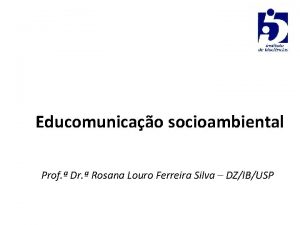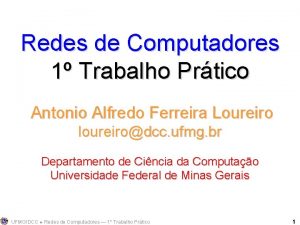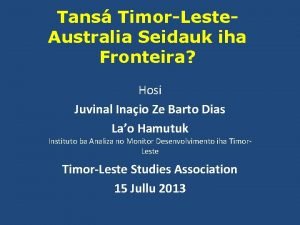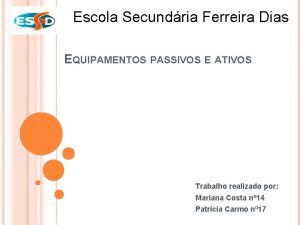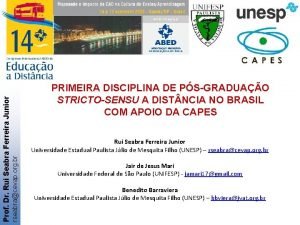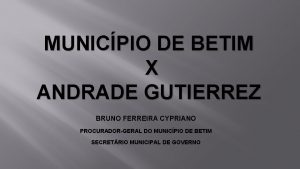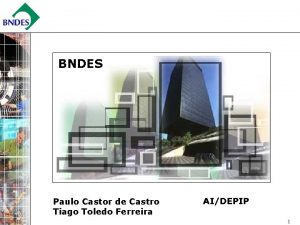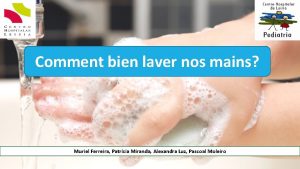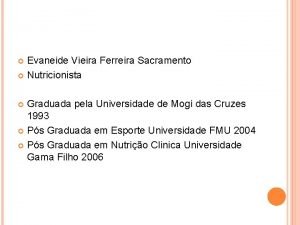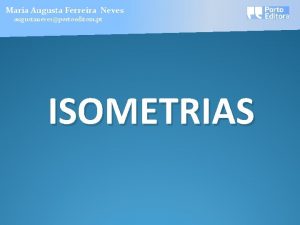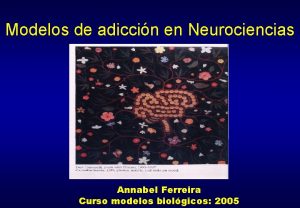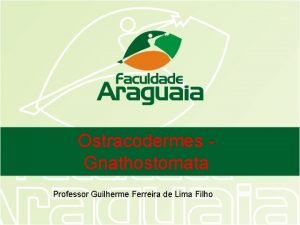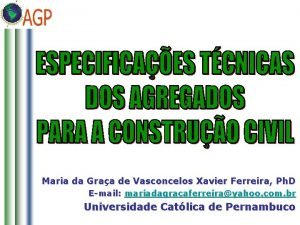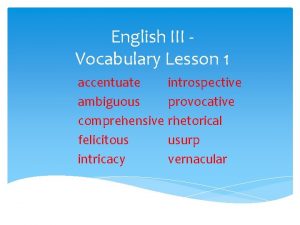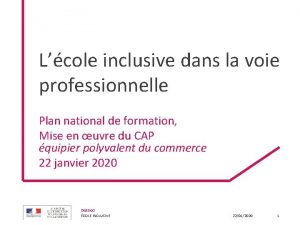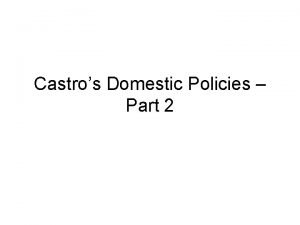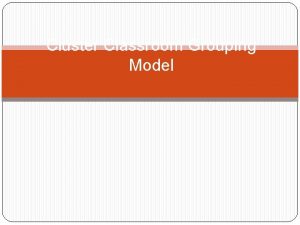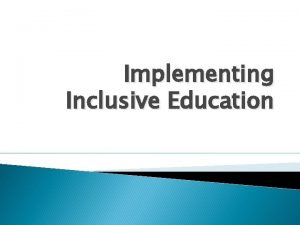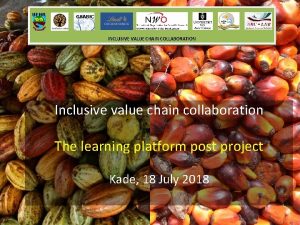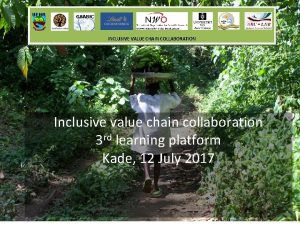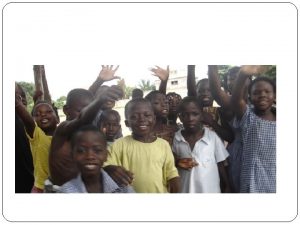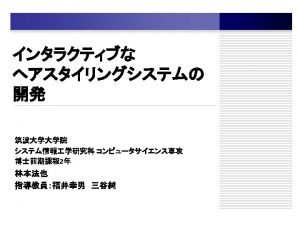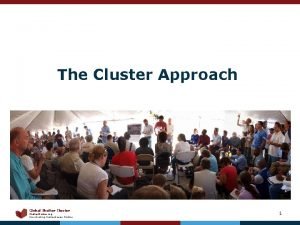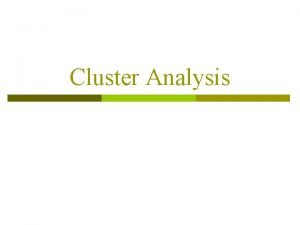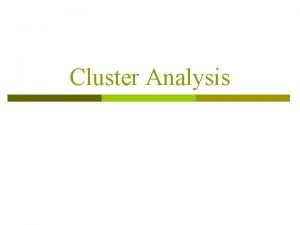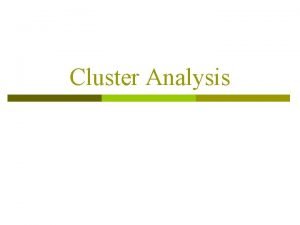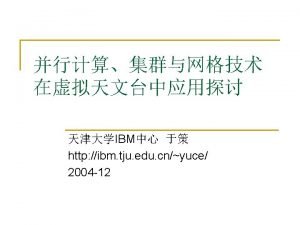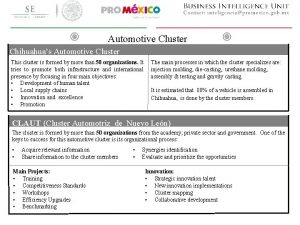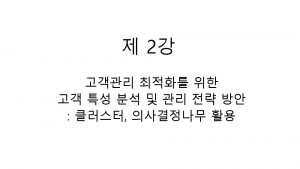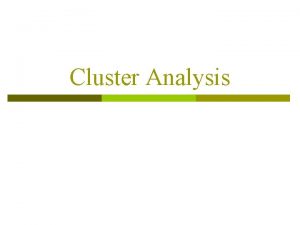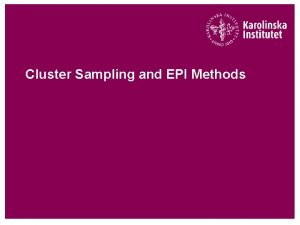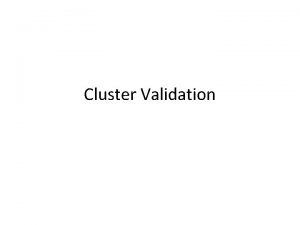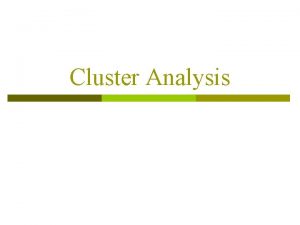Ferreira de Castros Schools Grouping An inclusive cluster



























- Slides: 27

Ferreira de Castro’s Schools Grouping An inclusive cluster of schools with good results in achievement

• The Agrupamento de Escolas (Schools Grouping) Ferreira de Castro is a schools cluster that includes five different schools located in the suburban area of Mem Martins, Sintra, 20 km away from Lisbon. • Middle and lower class communities, many of the students’ families have severe financial difficulties, due to unemployment. • Algueirão – Mem Martins is a community with 80, 000 inhabitants, and a density of 2, 500 inhabitants per square km. Therefore, there is overcrowding in our schools.

E. B. de Mem Martins E. B. nº 1 de Mem Martins Main school Escola Básica de 2º e 3º Ciclos Ferreira de Castro E. B. de Ouressa Jardim de Infância de Mem Martins

187 Lower secondary school: 10 to 15 years 1, 330 students Primary school: 6 to 10 years 810 students Pre-school: 4 to 6 years 254 children 169 45 % 204

Educational Project • the education of all students, giving them full training and contributing to its construction as conscious citizens of their own rights and responsibilities, promoting their inclusion.

Aims / Strategic goals • F 1 - Significantly improve the qualifications and working conditions of all elements of the school community; • F 2 - Build the autonomy of the group of schools under a shared management, with an effective articulation of the various agencies and services; • F 3 - Fully train students by increasing levels of success and fostering an academic and technological solid formation; • F 4 - Making the group of schools an institution with its own identity, intervenient and accepted full-fledged in the community.

Priority School. Why? • The social contexts in which schools operate can be constituted as enhancers of risk factors for failure in the normal education system, verifying that in territories social and economically degraded educational success is often lower than the national, and violence, indiscipline, abandonment, failure at school and child labour are some examples of how this degradation is manifested.

• The Educational Territories of Priority Intervention Program, which promotes educational policies territorialization according to priority criteria and positive discrimination, contains a set of general objectives converging with individual objectives of personal fulfilment. • This way the principle of positive discrimination was introduced in the allocation of resources to schools.

Inclusion. How? our group of schools: • reflects the community as a whole, and doesn’t reject, exclude or select students; • is accessible to all, physically (without architectural barriers) and educationally (through curriculum, support and communication methods); • works with, not against; • practices democracy and equity.

From Scholar Integration / Special Education To Scholar inclusion/ Inclusive Education From Special Educational Needs To Education for all From additional measures to respond to special students To the response to the educational needs for all children and young From the child-centred perspective To the perspective-centred curriculum From focus on student To focus on class From the programme for students To strategies for teachers

Practice (1) • Strengthening the fundamental disciplines – For students of the first four years, is intended to strengthen and improve learning in the disciplines of Portuguese and Mathematics as fundamental structuring in junior high school. Would be of three types: a) individualized and/or small group support; b) Second teacher in the classroom; c) study support. • Maths intervention plan - create groups of students on the basis of the levels of learning throughout the year, with assistance where possible, in the classroom and/or at Maths Lab; optimization of school study support; links between cycles (1 st, 2 nd and 3 rd cycles) to different disciplines, Portuguese, Visual Education and Technological education.

• Reading and writing - This action aims to, in a first approach, improve learning of reading and writing skills of students at the end of the second and third cycles and will support the streamlining of tasks leading to the improvement of the learning of students, through differentiated pedagogy in the classroom and a second teacher in one of the classes. • X-class - The constitution of the class X is based on the existence of students with low levels of educational attainment, at risk of retention and lack of motivation for school activities. These classes have two teachers working together in some subjects to prevent retention and potentiate learning.

• Pedagogical intervision - Observation of classes with the supervision cycle application to share and reflect on practices, (and) pedagogy and school methodologies in order to improve the teaching-learning process. Pedagogical meetings between teaching cycles, allowing the articulation between cycles. Pedagogical conversations: informal moments of sharing and reflection on different topics and pedagogical experiences. Collaborative mural of reflection and sharing: dissemination of practices, strategies and methodologies. Training the teachers that wish to attend. • The Bridge - With this project we intend to intervene with students who show inappropriate behaviours, inside or outside the classroom, through two ways: use of mediation office and opening of mentoring processes.

• Affections - Diagnosis, prevention and intervention on absenteeism and early school disruption in the schools grouping, throughout the school year. • Animate the “Know Be and Know to Be” - This action targets the students, and the recreational space is the location chosen for its implementation. Develops daily activities in order to enhance the personal and social development of the students, and at the same time contributes to the prevention of indiscipline outside the classroom. The organizer acts primarily on streamlining the recreational space, seeking to involve them in activities/projects playful character journals and training, identifying and intervening on potential disruptive behaviours and/or risk.

What we have learned: Key points • • • Learning environment Emphasis on teaching and learning Teaching with intention High expectations Positive reinforcement Monitoring the progress Family-school partnership Leadership Vision and shared goals Learning organization Monitoring, (self)regulation and improvement of the work in the classroom

Nice atmosphere, of trust and openness Climate of collaboration and mutual aid Learning environment Risk-taking is encouraged innovation Ordered and secure

Maximize learning Strategies of diversification Emphasis on teaching and learning Pedagogical Differentiation Identification of essential content Focus on learning

Disclosure (negotiation) learning objectives with the students Clear definition of the objectives of learning (essential and secondary) Teaching with intention Establish "bridges" with previous knowledge of students with knowledge of other curricular areas and with the daily life of the students -give meaning to learning.

Teachers with high expectations of their students convey that attitude (intentionally or not) and in general these students get better results than those of teachers whose expectations are low. High expectations Transmission of confidence and encouragement – no student should be left behind Aspirations and shared success criteria – establishment of commitments

Positive reinforcement Provide quality feedback. Use of various forms of recognition of merit, behaviours and attitudes. Involve parents in positive reinforcement

Systematic collection of information about the students’ learning – formative evaluation Monitoring of the success criteria established with the students Monitoring of progress Involvement of students in the evaluation – self, straight and coevaluation (use of headings) Use of various assessment tools and techniques

Learning increases when the schools encourage parents to stimulate the intellectual development of children Family-school partnership Submit concrete suggestions of things that parents can do to help the children Parents need to hear success stories of their children

Shared workgroups planning and execution of activities Shared responsibility for results achieved Decision-making by workgroups Leadership Constant (inter-) communication – updated information Commits all in decision-making

Shared vision Predominance of forms of collaborative work Vision and shared goals Organization of work for the goals and objectives of the school “We” instead of “I”

Systematic reflections on the teaching and learning Training that responds to the identified needs Learning teachers Learning Organization Identification and sharing of good practice models - note pairs’ lessons

Monitoring, (self-)regulation and improvement of the work in the classroom COOPERATIVE WORK REFLECTION SUPERVISION

 Cluster grouping definition
Cluster grouping definition Powerschool huntsville city schools
Powerschool huntsville city schools Reach safety schools
Reach safety schools Joseph ferreira mit
Joseph ferreira mit Rosana louro ferreira silva
Rosana louro ferreira silva Tipos de libros contables
Tipos de libros contables Gina ferreira
Gina ferreira Antonio alfredo ferreira loureiro
Antonio alfredo ferreira loureiro Juvinal ferreira
Juvinal ferreira Escola ferreira dias
Escola ferreira dias Alysson ferreira
Alysson ferreira Washington luiz ferreira rios
Washington luiz ferreira rios Rui seabra ferreira junior
Rui seabra ferreira junior Bruno ferreira cypriano
Bruno ferreira cypriano Metade de mim ferreira gullar
Metade de mim ferreira gullar Pressão oncótica e hidrostática
Pressão oncótica e hidrostática Tiago toledo ferreira
Tiago toledo ferreira Muriel ferreira
Muriel ferreira Despredicio
Despredicio Thatiana ferreira vieira nutricionista
Thatiana ferreira vieira nutricionista Pt
Pt Annabel ferreira
Annabel ferreira Guilherme ferreira sharkk
Guilherme ferreira sharkk Maria de jesus quental ferreira
Maria de jesus quental ferreira Nivan ferreira
Nivan ferreira Rafael de vasconcelos xavier ferreira
Rafael de vasconcelos xavier ferreira Of wide scope inclusive thorough
Of wide scope inclusive thorough Ecole inclusive
Ecole inclusive
